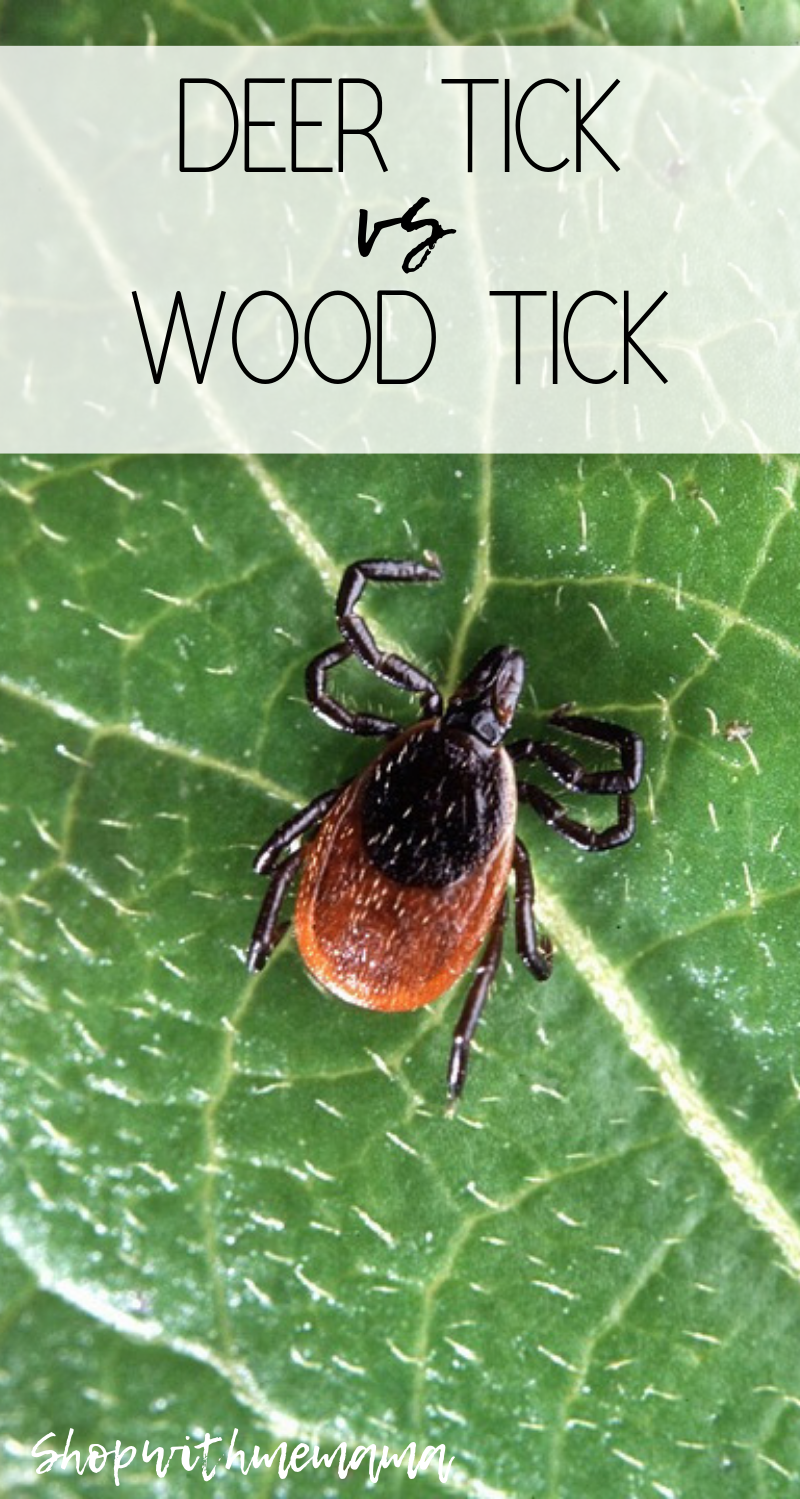Deer Tick vs Wood Tick: What Is The Difference? Ticks are blood suckers belonging to the arachnid, or spider, family, with some 850 species worldwide. One female tick can lay thousands of eggs. The ticks that are talked a lot about are deer ticks and wood ticks (deer tick vs wood tick).
Ticks, at different stages of development, live on the ground and in foliage, waiting for an animal or bird to wander by so they can attach to that host and feed off its blood. This generally follows the seasons but various species’ activity will peak at different times of the year.
*This post includes my affiliate links
One tick can acquire more than one disease from one or more hosts and transmit one or all of these through its saliva into the blood system of another host. It can be so scary! Ticks are widely distributed around the world, especially in warm, humid climates.
Deer Tick Vs. Wood Tick (What is the difference?)
What is the difference between the deer tick and the wood tick? Good question! Below, is some helpful information about these pesky ticks!
A deer tick, known scientifically as Ixodes scapularis, is a black-legged tick. Its bite can affect your skin and nervous system, and your joints and heart. A wood tick, known as Dermacentor variabilis, is also known as an American dog tick.
The deer tick is a hard-bodied tick of the eastern and northern Midwestern United States and southeastern Canada. It is a vector for several diseases of animals, including humans (Lyme disease, babesiosis, anaplasmosis, Powassan virus disease, to name a few), and is known as the deer tick owing to its habit of parasitizing the white-tailed deer.
It is also known to parasitize mice, lizards, and migratory birds. Especially while the tick is in the larval or nymphal stage.
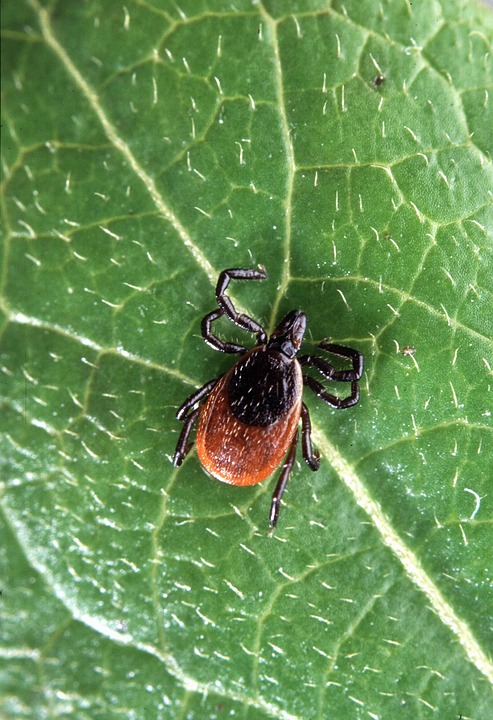
The wood tick is known to carry bacteria that are responsible for several diseases in humans, including Rocky Mountain spotted fever and tularemia.
It is one of the most well-known hard ticks. Diseases are spread when it sucks blood from the host, which could take several days for the host to experience some symptoms.
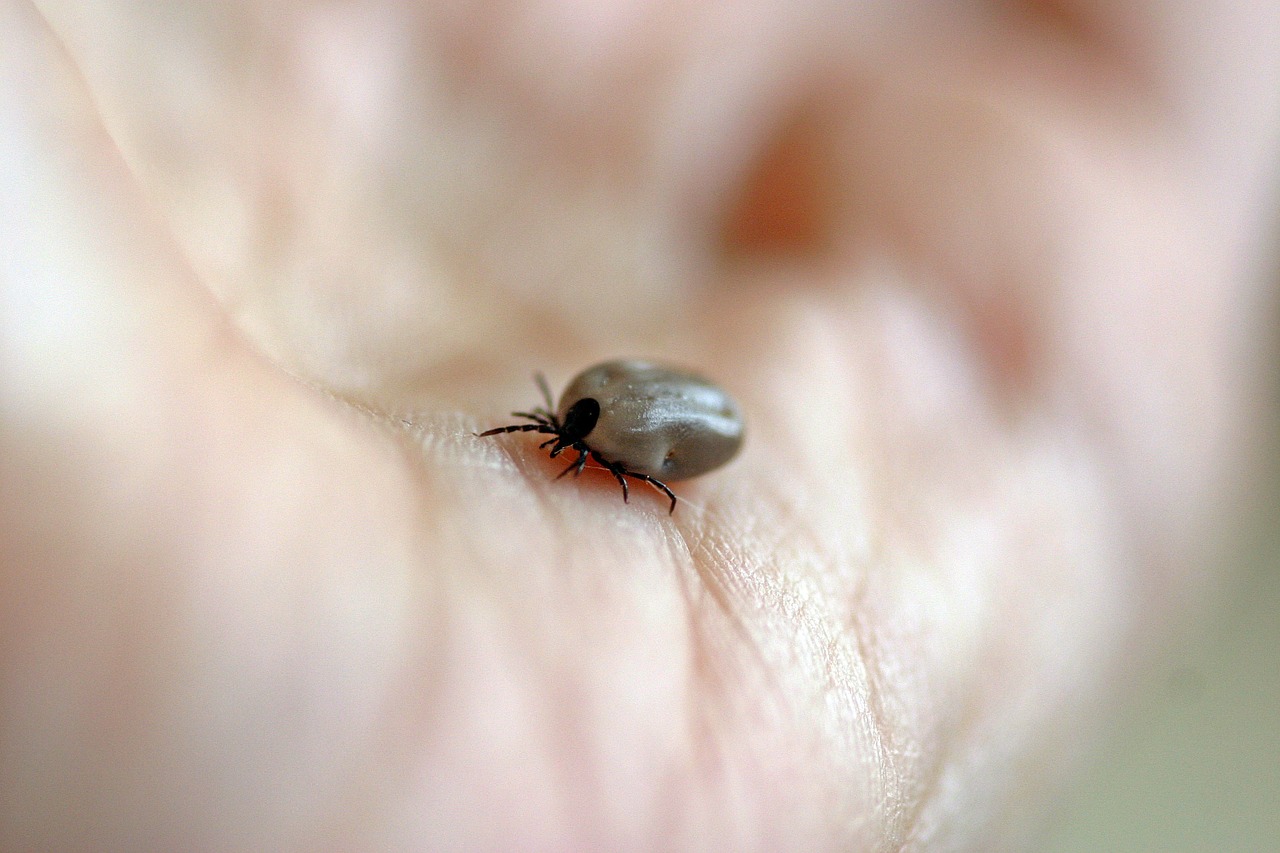
Both of these ticks have a U-shaped back but the big difference is seen in the color of their lower back. A deer tick’s lower back is red and the wood tick has a black lower back. These are the differences between the deer tick and vs wood tick.
Diseases Transmitted by Ticks
Haemobartonellosis
Hepatozoonosis
Ehrlichiosis
Lyme disease
Piroplasmosis
Rocky Mountain Spotted Fever
Tick Paralysis
Tularemia
Preventing Tick Diseases
Prevention is always better than treatment. Some tick-transmitted diseases can be quite serious with irreversible damage and some cannot be totally cured, only managed.
How to Remove a Tick
The sooner a tick is removed, the lower the risk of disease transmission. Most diseases are not transmitted until after 24 to 48 hours of attachment to the host.
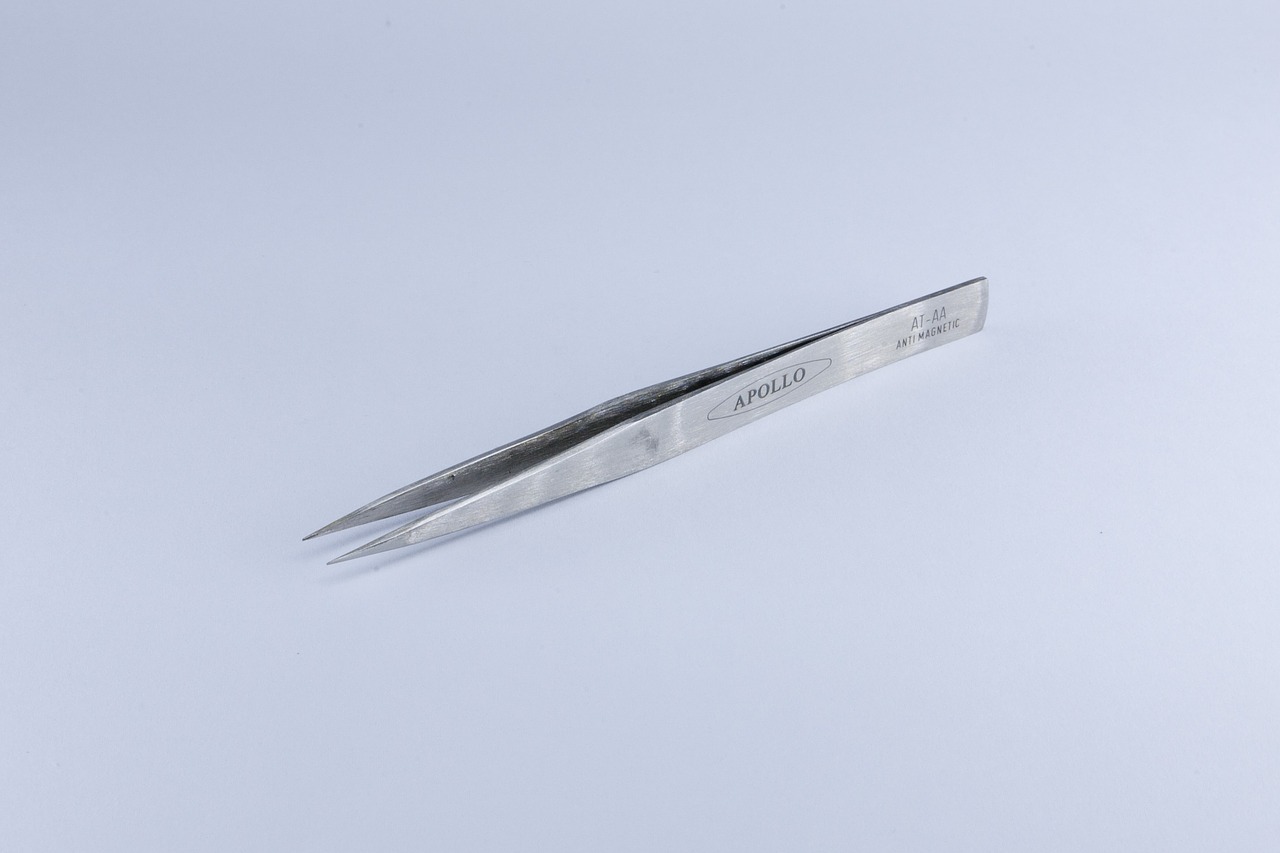
What To Do If You Have A Tick In Your Skin:
Using tweezers or a tick removal instrument, grasp the tick right where it is attached to the skin
Pull straight back steadily. Do not jerk or twist.
If any parts remain, remove them with a sterilized needle as you would a splinter
Place the tick in alcohol to kill it and save it for identification
Clean the wound with soap and water and then apply alcohol followed by an antibiotic ointment
Record the date
Note that the wound may remain irritated for several days
What NOT To Do When You Have A Tick On You:
*Grasp tick by the body as crushing it will inject more saliva
*Use folk remedies such as petroleum jelly or a hot match as this only causes the tick to inject more saliva
Tick Disease Symptoms
Some tick diseases may not show up for weeks or even months after exposure.
Fever
Lethargy
Diarrhea
Loss of appetite
Swelling
Lameness
Any other changes in behavior, appearance, or health
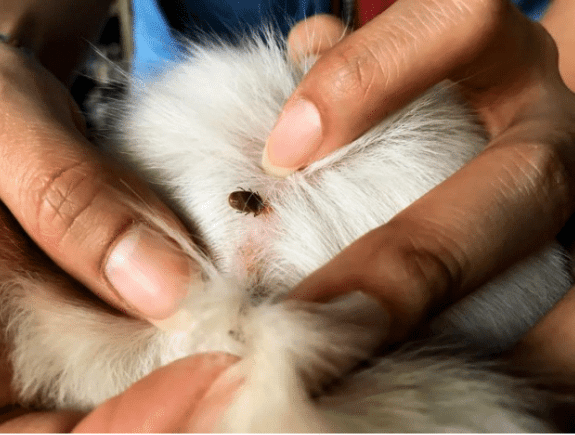
We live in Idaho and already have seen 3 ticks, two in our home (we had our windows open) and two on our dog! This is how we prevent ticks on our dogs.
It is important to check your dogs daily for ticks, just as importantly, check you and your kids for ticks. Especially if you have been outdoors all day or playing near a body of water or in a big field.
Ticks are rampant this year and so just remember to check yourself and remove the tick quickly (see directions on how to remove the tick, above!), to ensure you will be okay!
